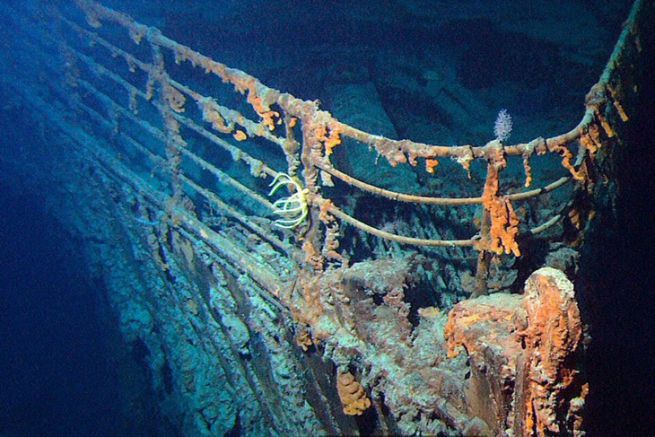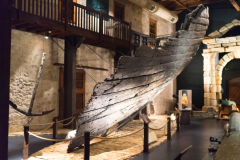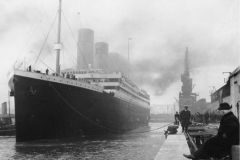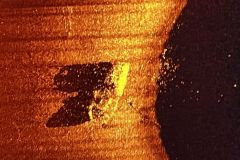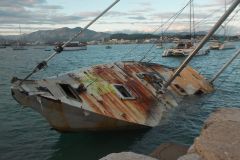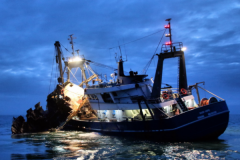In 1912, the Titanic sank off the coast of Canada on its maiden voyage after striking an iceberg. The wreck was discovered in 1985 by Robert Ballard, an oceanographer at the University of Rhode Island, relatively well-preserved from light, 3.8 km below the water's surface. But now the ship is in danger... A study revealed by the BBC shows that a very resistant bacterium is attacking the liner and may well have eaten it within the next twenty years or so.
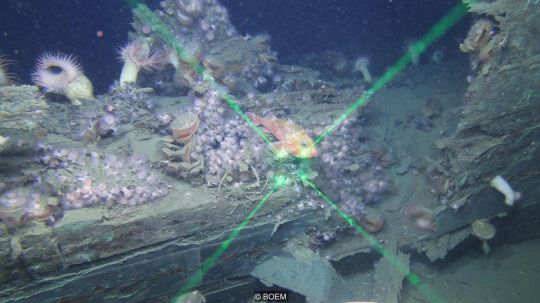
Researchers at Canadian Dalhousie University had sampled bacteria from the ship in 1991 that were responsible for the corrosion. It took 19 years - and a new team - to identify the organisms responsible for the wreck's iron-loving decay. In 2010, the scientists named this new species "Halomonas titanicae", a name inspired by that of the ship.
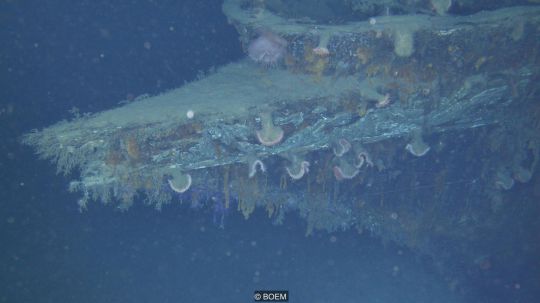
This organism would be very resistant to water pressure, darkness and very cold temperatures, explain the researchers. Installed on the Titanic for several years, it attacks iron, which it particularly likes. This is all the more worrying since rust stalactites - rusticles - have appeared on the ship and are an ideal habitat for the Halomonas titanicae.

The famous Titanic would therefore be forced to disappear, but in how long? Not everyone agrees on how long the boat will be alive. Because the bacteria is not the only factor to be taken into account. For years, the wreck has been subject to water currents and corrosion.
You should know that a London travel agency has just launched a rather special "underwater" trip to be able to visit the Titanic . A service reserved for 9 lucky people, who will pay the price .
